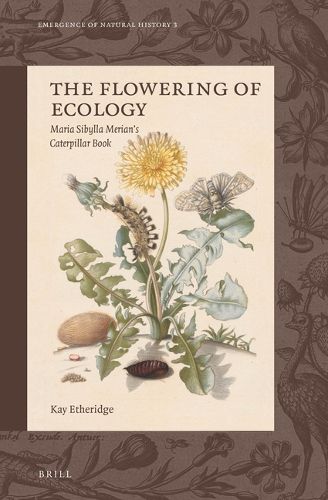Readings Newsletter
Become a Readings Member to make your shopping experience even easier.
Sign in or sign up for free!
You’re not far away from qualifying for FREE standard shipping within Australia
You’ve qualified for FREE standard shipping within Australia
The cart is loading…






The Flowering of Ecology presents an English translation of Maria Sibylla Merian’s 1679 ‘caterpillar’ book, Der Raupen wunderbare Verwandelung und sonderbare Blumen-Nahrung. Her processes in making the book and an analysis of its scientific content are presented in a historical context. Merian raised insects for five decades, recording the food plants, behavior and ecology of roughly 300 species. Her most influential invention was an ‘ecological’ composition in which the metamorphic cycles of insects (usually moths and butterflies) were arrayed around plants that served as food for the caterpillars. Kay Etheridge analyzes the 1679 caterpillar book from the viewpoint of a biologist, arguing that Merian’s study of insect interactions with plants, the first of its kind, was a formative contribution to natural history.
Read Kay Etheridge’s blogpost on Art Herstory .
See inside the book.
$9.00 standard shipping within Australia
FREE standard shipping within Australia for orders over $100.00
Express & International shipping calculated at checkout
The Flowering of Ecology presents an English translation of Maria Sibylla Merian’s 1679 ‘caterpillar’ book, Der Raupen wunderbare Verwandelung und sonderbare Blumen-Nahrung. Her processes in making the book and an analysis of its scientific content are presented in a historical context. Merian raised insects for five decades, recording the food plants, behavior and ecology of roughly 300 species. Her most influential invention was an ‘ecological’ composition in which the metamorphic cycles of insects (usually moths and butterflies) were arrayed around plants that served as food for the caterpillars. Kay Etheridge analyzes the 1679 caterpillar book from the viewpoint of a biologist, arguing that Merian’s study of insect interactions with plants, the first of its kind, was a formative contribution to natural history.
Read Kay Etheridge’s blogpost on Art Herstory .
See inside the book.